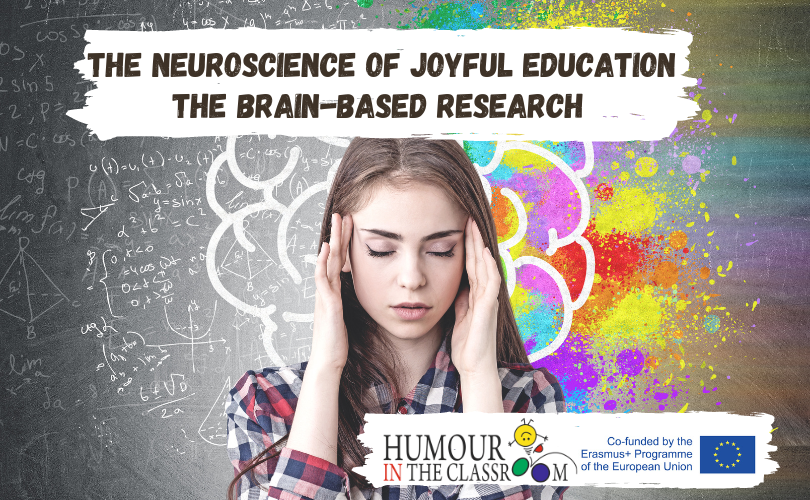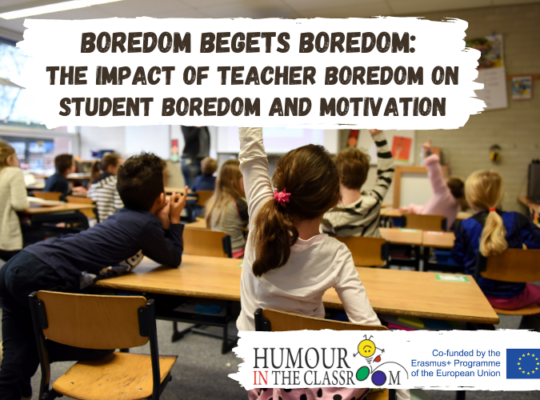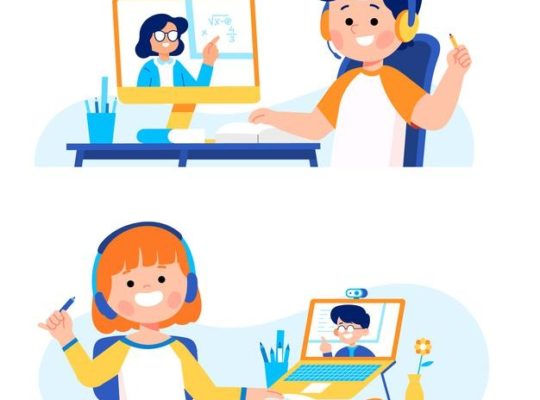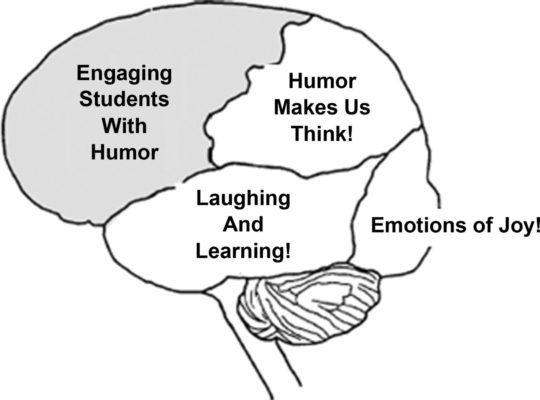Brain research tells us that when the fun stops, learning often stops too.
Judy Willis
Most children can’t wait to start kindergarten and approach the beginning of school with awe and anticipation. Kindergartners and 1st graders often talk passionately about what they learn and do in school. Unfortunately, the current emphasis on standardized testing and rote learning encroaches upon many students’ joy. In their zeal to raise test scores, too many policymakers wrongly assume that students who are laughing, interacting in groups, or being creative with art, music, or dance are not doing real academic work. The result is that some teachers feel pressure to preside over more sedate classrooms with students on the same page in the same book, sitting in straight rows, facing straight ahead.
The truth is that when we scrub joy and comfort from the classroom, we distance our students from effective information processing and long-term memory storage. Instead of taking pleasure from learning, students become bored, anxious, and anything but engaged. They ultimately learn to feel bad about school and lose the joy they once felt.
Neuroimaging studies and measurement of brain chemical transmitters reveal that students’ comfort level can influence information transmission and storage in the brain (Thanos et al., 1999). When students are engaged and motivated and feel minimal stress, information flows freely through the affective filter in the amygdala and they achieve higher levels of cognition, make connections, and experience “aha” moments. Such learning comes not from quiet classrooms and directed lectures, but from classrooms with an atmosphere of exuberant discovery (Kohn, 2004).
The Brain-Based Research
Neuroimaging and neurochemical research support an education model in which stress and anxiety are not pervasive (Chugani, 1998; Pawlak, Magarinos, Melchor, McEwan, & Strickland, 2003). This research suggests that superior learning takes place when classroom experiences are enjoyable and relevant to students’ lives, interests, and experiences.
Many education theorists (Dulay & Burt, 1977; Krashen, 1982) have proposed that students retain what they learn when the learning is associated with strong positive emotion. Cognitive psychology studies provide clinical evidence that stress, boredom, confusion, low motivation, and anxiety can individually, and more profoundly in combination, interfere with learning (Christianson, 1992).
Neuroimaging and measurement of brain chemicals (neurotransmitters) show us what happens in the brain during stressful emotional states. By reading glucose or oxygen use and blood flow, positron emission tomography (PET) and functional magnetic resonance imaging (fMRI) indicate activity in identifiable regions of the brain. These scans demonstrate that under stressful conditions information is blocked from entering the brain’s areas of higher cognitive memory consolidation and storage. In other words, when stress activates the brain’s affective filters, information flow to the higher cognitive networks is limited and the learning process grinds to a halt.
Neuroimaging and electroencephalography (EEG) brain mapping of subjects in the process of learning new information reveal that the most active areas of the brain when new sensory information is received are the somatosensory cortex areas. Input from each individual sense (hearing, touch, taste, vision, smell) is delivered to these areas and then matched with previously stored related memories.
For example, the brain appears to link new words about cars with previously stored data in the category of transportation. Simultaneously, the limbic system, comprising parts of the temporal lobe, hippocampus, amygdala, and prefrontal cortex (front part of the frontal lobe), adds emotional significance to the information (sour flavor is tasty in lemon sherbet but unpleasant in spoiled juice). Such relational memories appear to enhance storage of the new information in long-term memory (Andreasen et al., 1999).
Mapping studies of the electrical activity (EEG or brain waves) and neuroimaging show the synchronization of brain activity as information passes from the somatosensory cortex areas to the limbic system (Andreasen et al., 1999). For example, bursts of brain activity from the somatosensory cortex are followed milliseconds later by bursts of electrical activity in the hippocampus, amygdala, and then the other parts of the limbic system (Sowell et al., 2003).
This enables us to evaluate which strategies either stimulate or impede communication among the various parts of the brain (Shadmehr & Holcomb, 1997).






